Description
Click here to read a testimonial!
Would you daydream with me for a moment? It’s a daydream I used to dream often back when I was taking piano lessons:
You are sitting at the piano surrounded by your family and friends, playing in a full, lush, style with chords galore and runs and fills flowing up and down all over the keyboard. Can you see that in your mind’s eye?
I’ve got great news for you! It doesn’t have to be a dream! You can learn to play like that just like I did. It’s not so much a matter of talent as it is of knowing what to do and how to do it. And that knowledge can be acquired. After all, it’s just a matter of taking common chords you already know and twisting them around in unique ways — breaking them up — applying rhythm patterns to them — combining 3 or 4 notes of the scales you already know into logical paths that take you to the next chord progression. It’s not brain surgery and it’s not rocket science — anyone can do it if they take the time to learn certain techniques.
I’m going to show you over ONE HUNDRED ways to make your piano playing come to life. We’ll take the chords and scales you already know and learn how to make all kinds of wonderful sounds with them — in all different arranging styles. I am going to show you IN PRINT (in the big 8 1/2″ by 11″ book that comes with the course) and also in SOUND (in the TWO CDs that come with the course) plus you will SEE and HEAR each technique as you watch the fantastic 2-hour DVD video on arranging music on the piano! On it I will carefully demonstrate each technique so you can hear how it sounds as well as SEE what it looks like — you will watch my hands as I play each chord, each run, each style, each technique — in close-ups and in slow motion — so you can understand clearly how you can play it too.
Would you like to be able to create MOODS at the keyboard? To ignite the emotions of the listener? To EXCITE the listener with exhilarating, arousing, animated music? To create a sense of nostalgia, longing, or sadness with poignant, bittersweet chords & progressions?
Or play with such zest and gusto that the listener just can’t sit still? Or maybe play with that splendid, royal, radiant touch that makes people stiffen their backbones and look at reality boldly “Winston Churchill” music, as someone has called it.
You’ll find all of these feelings created through the use of techniques such as:
- the “orchestral pad” on page 12
- “suspensions” on page 53
- “western twang” on page 46
- “Alberti bass” on page 33
- “Stride piano” on page 15
- “Kansas City style” on page 51
- “tremelo fired runs” on page 8
- “locked hands style” on pg 6
- “walk-the-stairs boogie” on page 54
- “tripletized walkups” on page 26
- “slash chords” on page 50
- “The melodrama effect” on page 56
- “color tone technique” on page 7
- “offset octave-3rds technique” on page 33
- “harmonizing the melody” on page 32
- “music box style” on page 19
- “left-hand trailer runs” on page 44
- “walk-the-stairs boogie” on page 55
- “the ‘chimes’ effect” on page 18
- “the ‘Canadian Sunset” bass on page 55
- “the Western bass” on page 36
- “the elephant walk bass” on page 54
- “the lush ‘Garner’ style” on page 49
- “the upward inversion technique on page 2
- “the trumpet trio intro & exit” on page 40
- “the inside blues move” on page 47
- “the walking string bass style” on page 34
- “the chromatic run technique”
- “8th note straddles” on page 21
- “the Charlie Brown bass” on page 52
- “the parallel 10th walkup” on page 31
- “the stride bass” on page 16
- “hand-over arps technique” on page 17
- “the ‘Amen’ (plagal cadence) ending” on page 50
- “the ‘blue note’ technique” on page 36
- “the camouflage intro technique” on page 21
- “the deceptive cadence technique” on page 12
- “the delay-catch up technique” on page 53
- “the chromatic 3rds passing tones technique” on page 22
- “the ‘slide in’ ending” on page 50
- “the cross-hands strong melody technique” on page 35
- “the 2-1 and 3-1 breakup run” on page 20
- “the ‘oriental sound’ technique” on page 49
- “the drum cadence intro & exit” on page 40
- “the ‘chimes & bells’ technique on page 19
- “the chord substitution technique” on page 10
- “the ‘tripletizing the beat’ technique” on page 40
- ” the half-step slide technique” on page 11
- “the ‘Latin sound’ technique” on page 48
- “the two-handed off-set runs technique” on page 47
- “the parallel 6th fillers technique” on page 42
By mixing a few of these styles together, you can create original styles of your own!
Is it hard? Not if you know chords already. If you don’t know chords — don’t take this course yet. Take a course on chords first, such as Chord Piano or All The Chords In The Whole Wide World.
But if you DO know chords, then all you need to do is learn how to apply those chords in certain ways, and I give you over 100 different ways to use them.



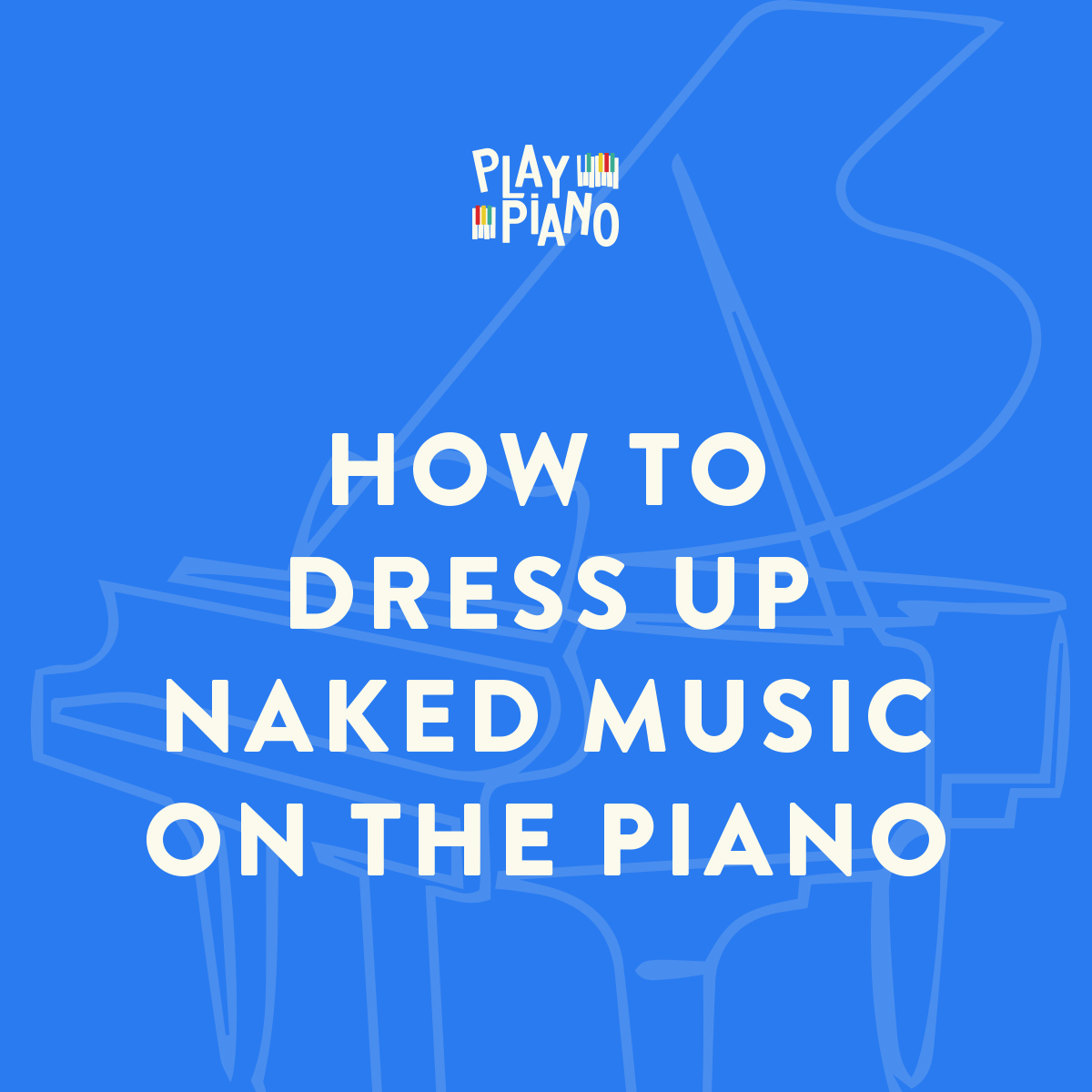
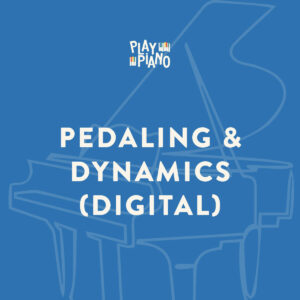
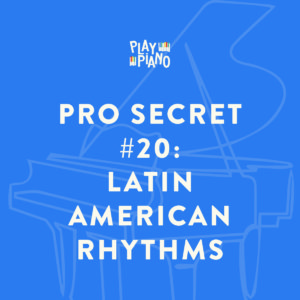
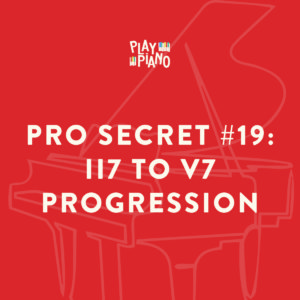
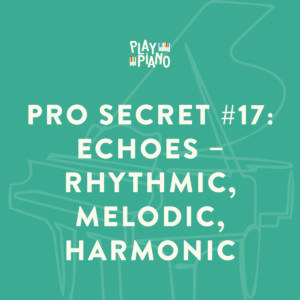
Reviews
There are no reviews yet.